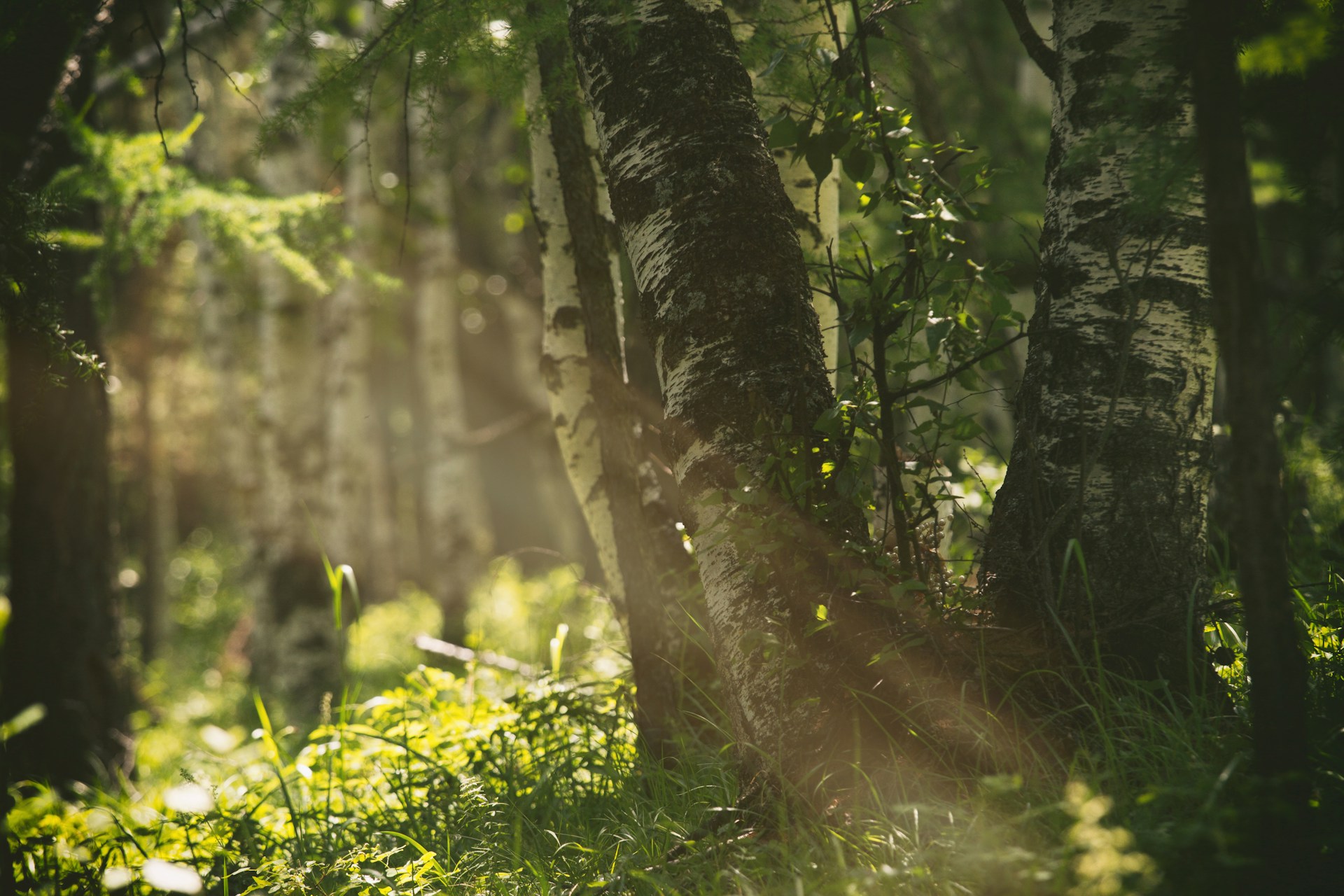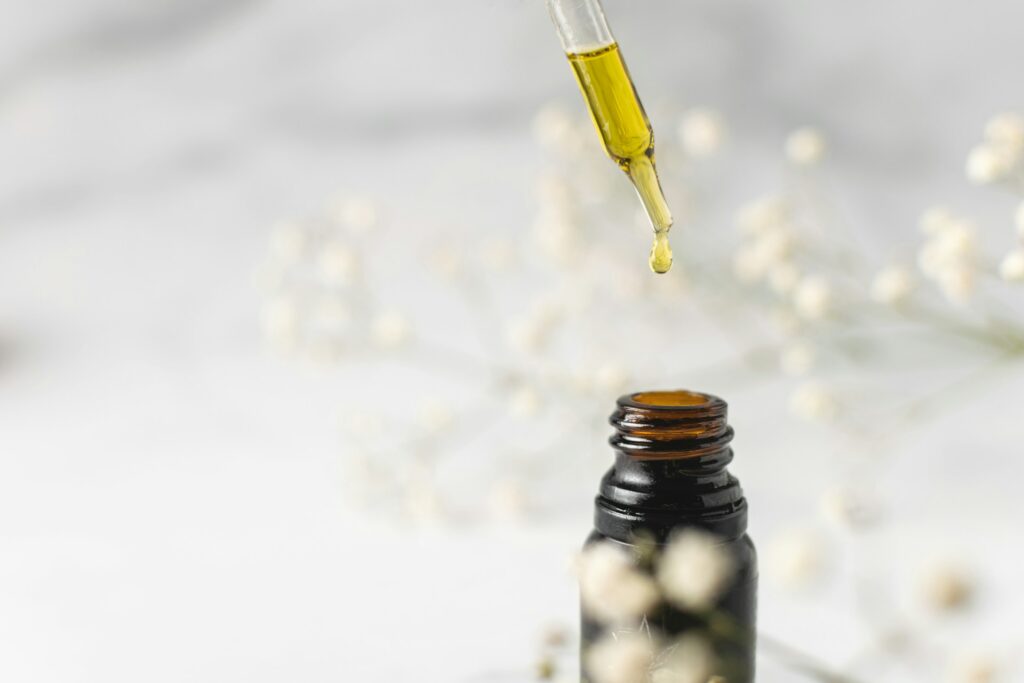Photosynthesis is often viewed as a biological process, recent research suggests that quantum mechanics plays a fundamental role in how plants channel solar energy with minimal losses. A new study led by researchers at the Technical University of Munich (TUM) Looks at this phenomenon further. Here is a link to their research:
Keil, E., Kumar, A., Bäuml, L., Reiter, S., Thyrhaug, E., Moser, S., Duffy, C. D. P., de Vivie-Riedle, R., & Hauer, J. (2025). Reassessing the role and lifetime of Q x in the energy transfer dynamics of chlorophyll a. Chemical Science, 16(4), 1684–1695. https://doi.org/10.1039/D4SC06441K
Photosynthesis begins when chlorophyll molecules absorb sunlight, starting a process where electronic excitation energy is transferred between molecules. Classical physics alone cannot fully explain this mechanism. Instead, researchers have found that quantum effects, such as superposition, allow energy to exist in multiple states simultaneously. This ensures nearly loss-free energy transfer within and between molecules, optimising the process of charge separation that ultimately drives the synthesis of chemical energy.
According to Professor Jürgen Hauer from TUM,
“When light is absorbed in a leaf, for example, the electronic excitation energy is distributed over several states of each excited chlorophyll molecule; this is called a superposition of excited states.
“It is the first stage of an almost loss-free energy transfer within and between the molecules and makes the efficient onward transport of solar energy possible. Quantum mechanics is therefore central to understanding the first steps of energy transfer and charge separation.”
Researchers focused on two spectral regions where chlorophyll absorbs light: the Q region (spanning yellow to red wavelengths) and the B region (covering blue to green wavelengths). The Q region, contains two distinct electronic states that are quantum mechanically coupled. This coupling enables a highly efficient transfer of energy, minimising losses as the system stabilises through the release of excess energy as heat.
Hauer and first author Erika Keil see their study as an important new basis in the effort to clarify how chlorophyll, the pigment in leaf green, works.

Hassan graduated with a Master’s degree in Chemical Engineering from the University of Chester (UK). He currently works as a design engineering consultant for one of the largest engineering firms in the world along with being an associate member of the Institute of Chemical Engineers (IChemE).



